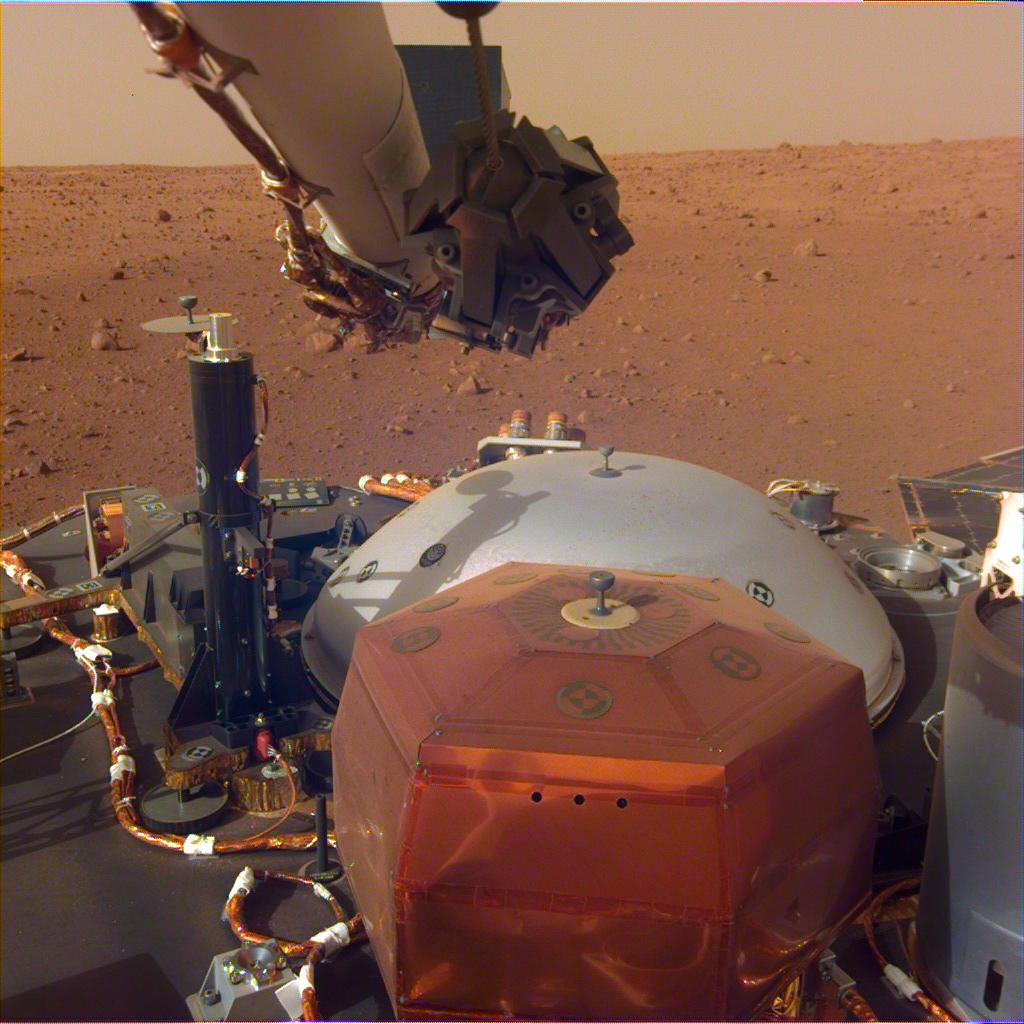
Most of us think of distant sites such as Death Valley, the Kalahari Desert or the Canary Islands when it comes to dark skies. And while it's true that many observers are now traveling farther and farther away from home in search of truly dark skies, that trip need not be as far as you think.
We had the opportunity to visit one such often overlooked dark sky gem: the state of Nebraska
Continue reading

SpaceX's sixteenth Commercial Resupply Services mission (CRS-16) successfully launched a Dragon spacecraft to orbit, but the first stage didn't quite stick the landing.
Continue reading

The LIGO and Virgo collaborations recently announced the detection of four more gravitational wave events, bringing the total to eleven.
Continue reading

A new study by a team from MIT has shed light on the physical processes that take place when tiny particles (like micrometeorites) hit a surface while traveling at high speeds.
Continue reading

Located in the Aquarius constellation, some 2,500 light-years from Earth, is the four star cluster known as Messier 73
Continue reading

According to a new study that examined ancient cave paintings and archaeological sites, it appears that prehistoric humans had a greater understanding of astronomy than we thought.
Continue reading


















